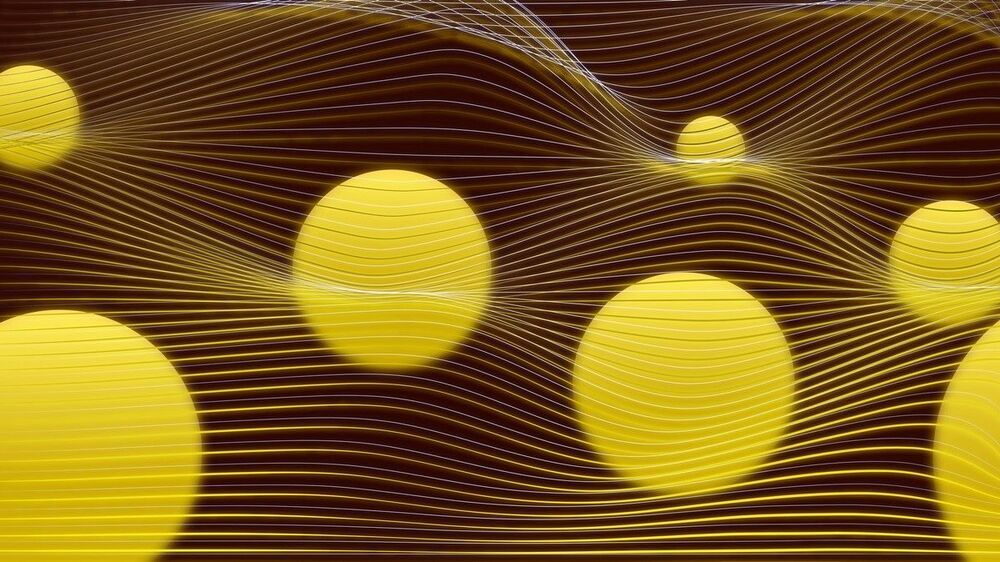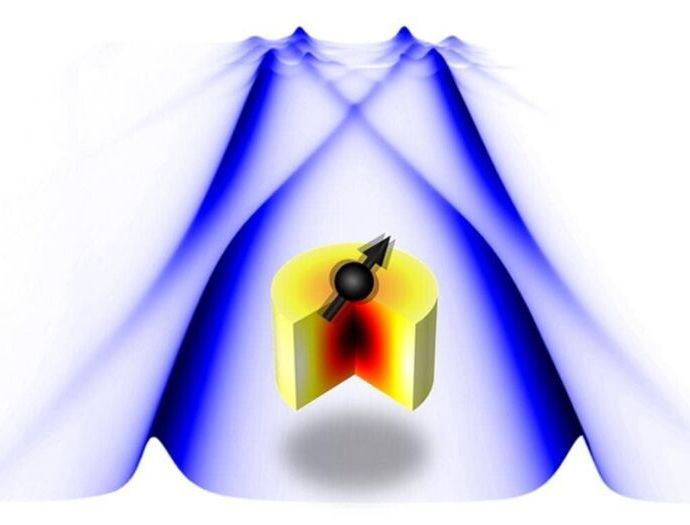Jan 13, 2021
Concept whitening: A strategy to improve the interpretability of image recognition models
Posted by Genevieve Klien in categories: robotics/AI, space
Over the past decade or so, deep neural networks have achieved very promising results on a variety of tasks, including image recognition tasks. Despite their advantages, these networks are very complex and sophisticated, which makes interpreting what they learned and determining the processes behind their predictions difficult or sometimes impossible. This lack of interpretability makes deep neural networks somewhat untrustworthy and unreliable.
Researchers from the Prediction Analysis Lab at Duke University, led by Professor Cynthia Rudin, have recently devised a technique that could improve the interpretability of deep neural networks. This approach, called concept whitening (CW), was first introduced in a paper published in Nature Machine Intelligence.


















